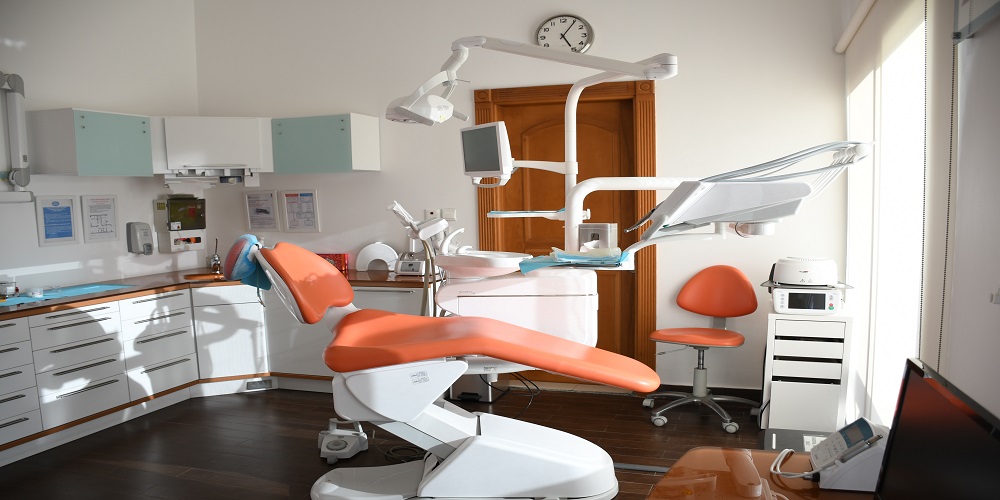Orthodontics for Children and Teens: When to Consider Braces
Orthodontics is a branch of dentistry that focuses on correcting misaligned teeth and jaws. Braces are a common orthodontic treatment that is used to straighten teeth and correct bite problems. While many people associate braces with adolescence, children and teens are not the only ones who can benefit from orthodontic treatment. In this article, we will discuss when it is appropriate to consider braces ir orthodontics for children and teenagers.

What is orthodontics?
Orthodontics is a specialized branch of dentistry that deals with the diagnosis, prevention, and treatment of dental and facial irregularities. Orthodontic treatment focuses on correcting misaligned teeth and jaws, improving oral function and aesthetics.
When should you consider orthodontic treatment for your child?
Orthodontic treatment is recommended when a child has one or more of the following dental problems:
- Crooked or crowded teeth
- Overbite or underbite
- Crossbite
- Gaps between teeth
- Difficulty chewing or biting
- Mouth breathing or snoring
- Speech problems
- Jaw pain or clicking
It is best to consult with a family and pediatric dentistry specialist to determine if orthodontic treatment is necessary for your child.
What are the benefits of orthodontic treatment for children and teens?
Orthodontic treatment offers several benefits for children and teens, including:
- Improved oral health: Misaligned teeth can be difficult to clean properly, increasing the risk of cavities and gum disease. Orthodontic treatment helps straighten teeth, making it easier to maintain good oral hygiene.
- Enhanced aesthetics: A straight, beautiful smile can boost a child’s confidence and self-esteem.
- Improved speech: Misaligned teeth can affect speech by causing lisping or other speech impediments. Orthodontic treatment can improve speech by correcting misalignments.
- Improved bite function: Misaligned teeth can cause difficulty chewing, biting, and speaking. Orthodontic treatment helps to improve bite function, making it easier to eat and speak.
- Reduced risk of injury: Protruding teeth can increase the risk of injury during physical activity or accidents. Orthodontic treatment can help reduce this risk by correcting the position of the teeth.
What are the different types of braces?
There are several types of braces available for children and teens, including:
- Traditional metal braces: These are the most common type of braces, consisting of metal brackets and wires. They are durable, effective, and relatively affordable.
- Ceramic braces: These braces are similar to metal braces but have tooth-coloured or clear brackets that blend in with the teeth. They are less noticeable but more expensive than metal braces.
- Lingual braces: These braces are attached to the back of the teeth, making them virtually invisible. They are more difficult to clean and adjust, and they can be more uncomfortable than other types of braces.
- Invisalign: Invisalign is a clear aligner system that straightens teeth without brackets or wires. It is virtually invisible, easy to clean, and comfortable to wear. It is also more expensive than traditional braces.
How long does orthodontic treatment take?
The length of orthodontic treatment varies depending on the severity of the dental problem, the type of braces used, and the age of the patient. On average, treatment with traditional braces lasts between 18 and 36 months, while treatment with Invisalign typically lasts between 12 and 18 months.
Conclusion:
Orthodontic treatment can offer several benefits for children and teens, including improved oral health, enhanced aesthetics, improved speech, improved bite function, and reduced risk of injury. If your child has misaligned teeth or jaws, it may be appropriate to consider orthodontic treatment. Consult with a family and pediatric dentistry specialist to discuss your child’s specific dental needs and determine if orthodontic treatment is necessary.







